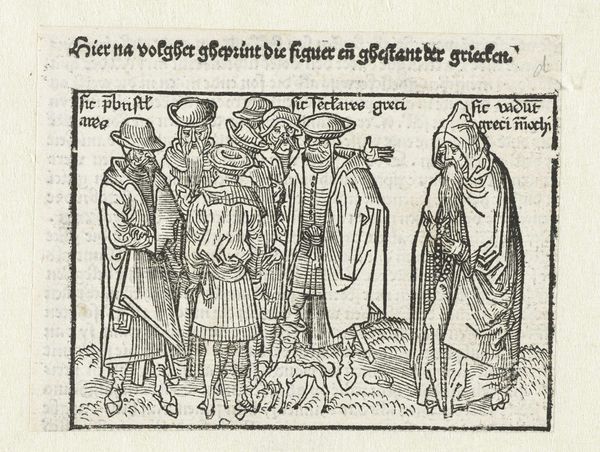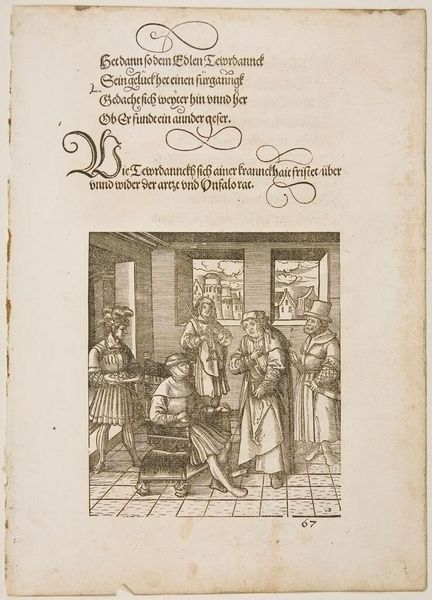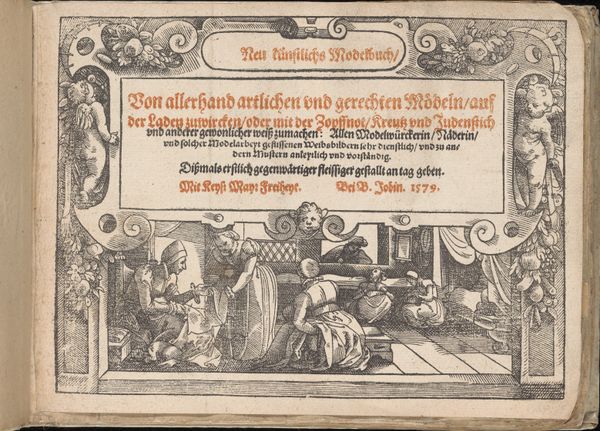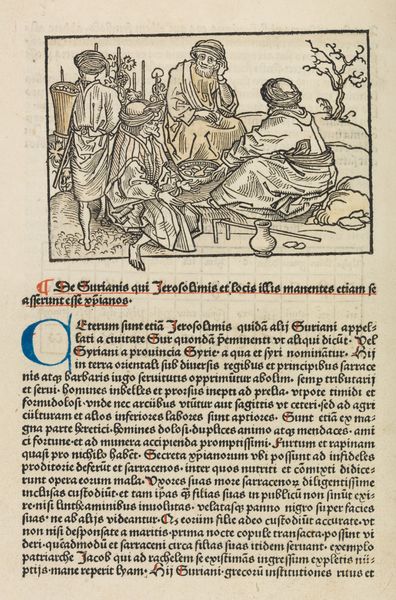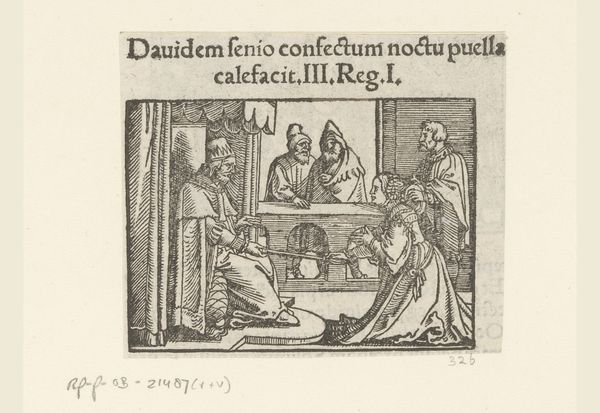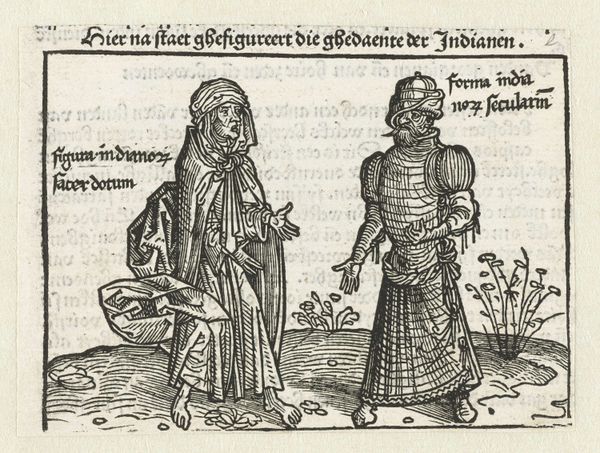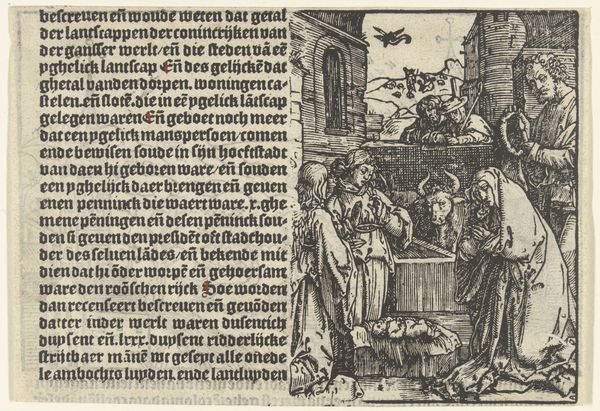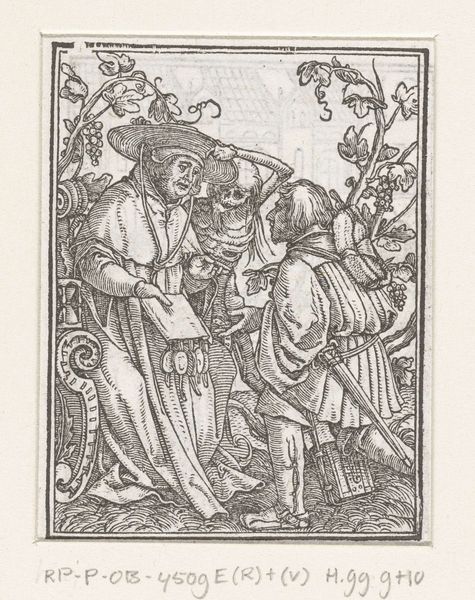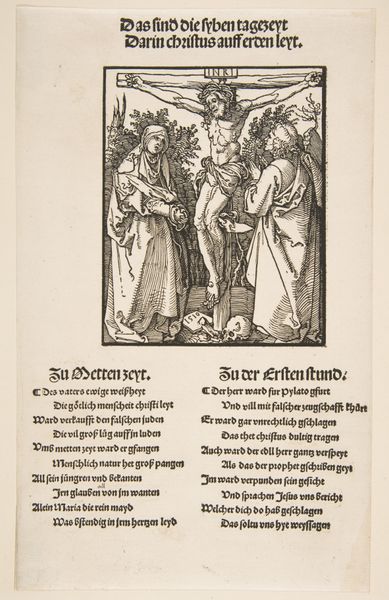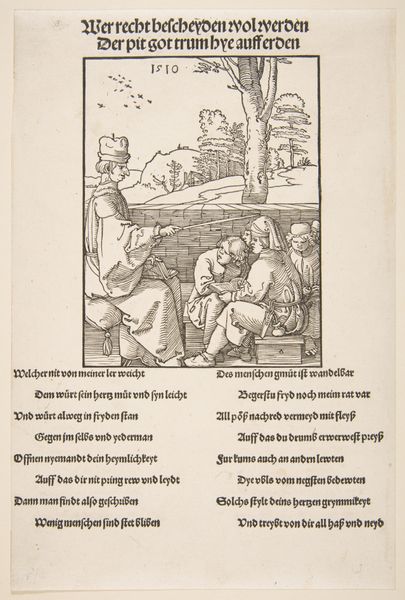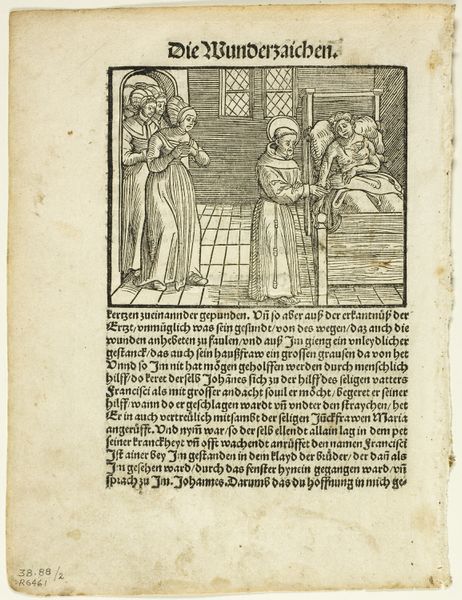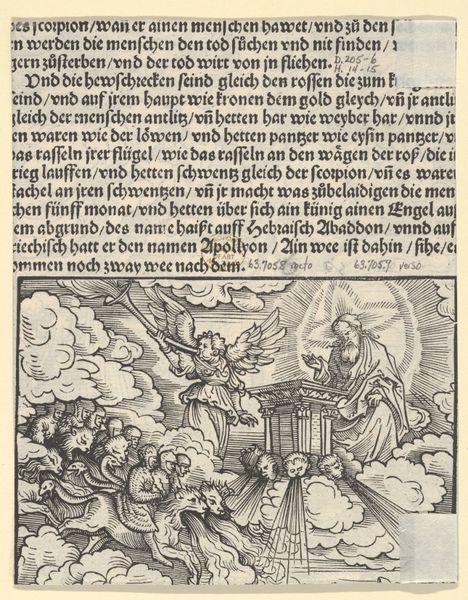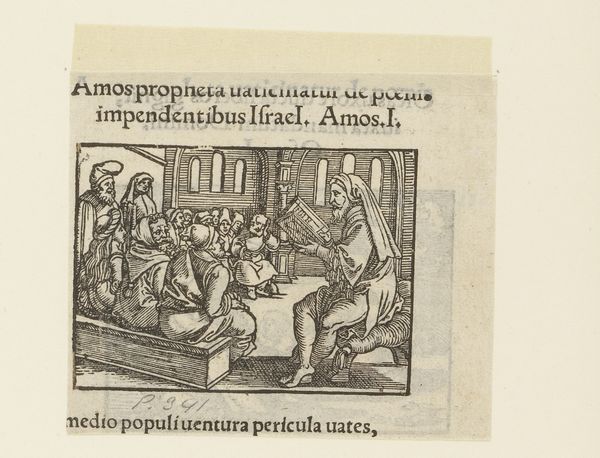
drawing, print, woodcut
#
drawing
#
medieval
#
narrative-art
# print
#
old engraving style
#
figuration
#
woodcut
#
line
#
northern-renaissance
Dimensions: height 65 mm, width 116 mm, height 79 mm, width 128 mm
Copyright: Rijks Museum: Open Domain
Curator: "Surianen" is the title of this intriguing print by Erhard Reuwich, made around 1486-1488, it is rendered as a woodcut. Editor: The stark black lines against the paper are striking. It feels… journalistic, almost. Functional. It's so concerned with clearly relaying information that expressiveness becomes secondary. Curator: As a woodcut, the process involved carving away at a block of wood, leaving the design to be printed in relief. The labour involved surely dictated the simplification of forms we see, with heavy emphasis on outline. The cross hatching is what defines forms. But the fact that the image accompanied printed text brings in a new and unprecedented relationship of image and word. Editor: Absolutely. You're dealing with reproducibility here. Think about how radical that was, allowing multiple impressions to be made and disseminated, but you are also dealing with materiality. The physicality of cutting, inking, pressing–those actions influenced the aesthetic directly. This aesthetic then influenced what the printed content could portray. This isn't merely about transferring images, this is about transferring *power.* Curator: Precisely, because these depictions—figures in what appear to be Levantine clothing—helped to shape, to fix in the minds of Europeans the image of the ‘other’ for centuries. The seemingly simple image becomes a cornerstone of cultural and even political relations. It almost becomes an early form of what we call “orientalism” where one’s perspective can completely color the subject with assumptions. It appears objective, like the text, and further entrenches stereotypes. Editor: And again it's about labor! Someone, or many people, had to produce these prints. How were these artisanal workshops structured? What were the economic models, not just artistic models at work? Those production methods would directly reflect what types of images are widely seen and by who! The artist who made this would have needed to negotiate woodcutters, bookbinders, merchants. So it is deeply rooted in those systems of exchange. Curator: So what seems to be a fairly basic, illustrative print opens doors to discuss cross-cultural understanding. Editor: Or rather, the mechanisms behind its *misunderstanding* perhaps. Curator: An excellent point! The artwork pushes us to reevaluate visual rhetoric and artmaking systems.
Comments
No comments
Be the first to comment and join the conversation on the ultimate creative platform.
